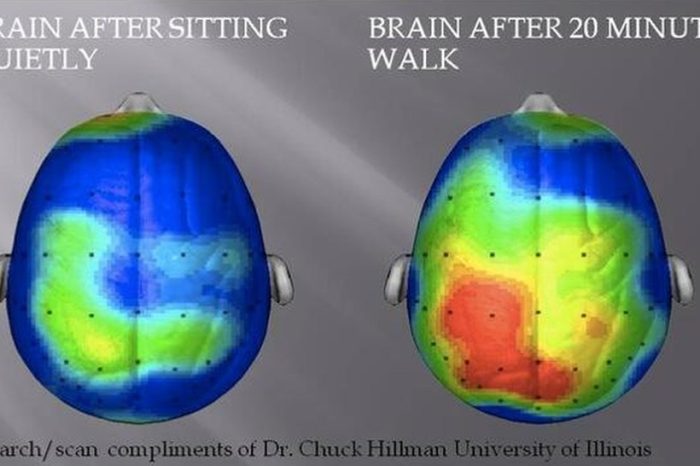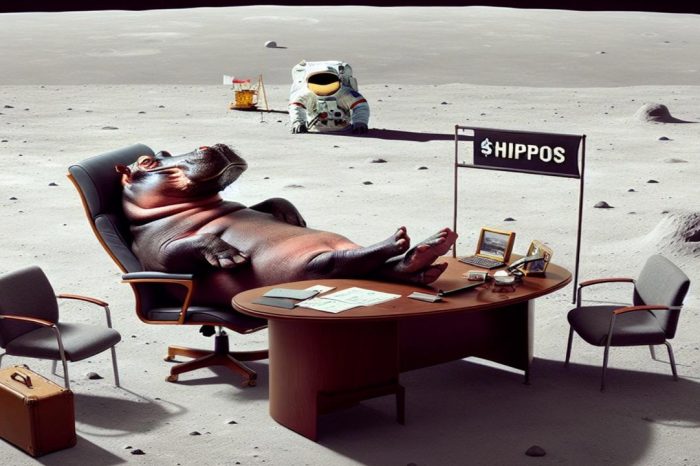A website with CMS makes use of Content Management Systems to serve the visitors with content. The CMS sets up the layout of the site and regulates the content that is shown on the page. A CMS lets you remove, add and update information fast and easily with the use of a simple interface. It will give you the layout and the design and built in navigation thus you can spend much of your time developing content to post on the website. All in all, you will still be required to give the organizational framework to help your users navigate easily.
Instructions
You will need the following: Pen and paper, CMS software and web host Images, including banner and logo articles and your domain name.
Use a pen and paper to map out the new website. Put doe the website title and a tagline and subheading in the event that you have one.
The title informs the user what the website is about and the target line ought to expound on the title.
To help you in visualizing the organization of your website, think in relation to a physical layout of an office. Every page of the website represents a different department, scheduling, sales, HR or marketing. Inside every department are filing cabinets which have several drawers and obviously in every drawer a number of folders. Various CMS use varying labels thus there might be some variation in terminology.
Type of information
Put down the required page titles by getting the answers to these questions; what type of information will be available on your website? Will you be selling a service or a product? Will a blog included in your CMS website? Video or audio clips or a photo gallery? Always have an about page which informs your users what the page is talking about and a contact page with directions to the physical location of your business, email, fax, phone and mailing address.
Home page
The home page is the initial page that your users will get to see. Make a decision on your most vital content and place it on the home page. In the event that you have a new business but a longstanding reputation in the industry, you might like to have the about page as the home page.
Other Sites
Take a look at how a number of the sites that you visit are organized. Make plans for expansion from the beginning. You will develop your CMS depending on its current us and also its future use.
List of topics
On the paper, make a list of your topics, categories, sections and pages. Posts or articles are representations of the content in the folders.
Follow the instructions given by your web host on setting up the new CMS platform and getting into the administration area. From here, you will be able to update your CMS website.
Information Transfer
Transfer the information that you have put down on the paper into the consistent sections of the CMS interface. Fill in your website’s tagline and title and develop the pages. Upload the logo you are using and the other images into the media library. Open up the just created about page and put in the content that you had earlier created. You now have your new CMS website!









